I Refused to Help My Sister Save Her Dying Kid, My Money Isn’t a Family Tradition

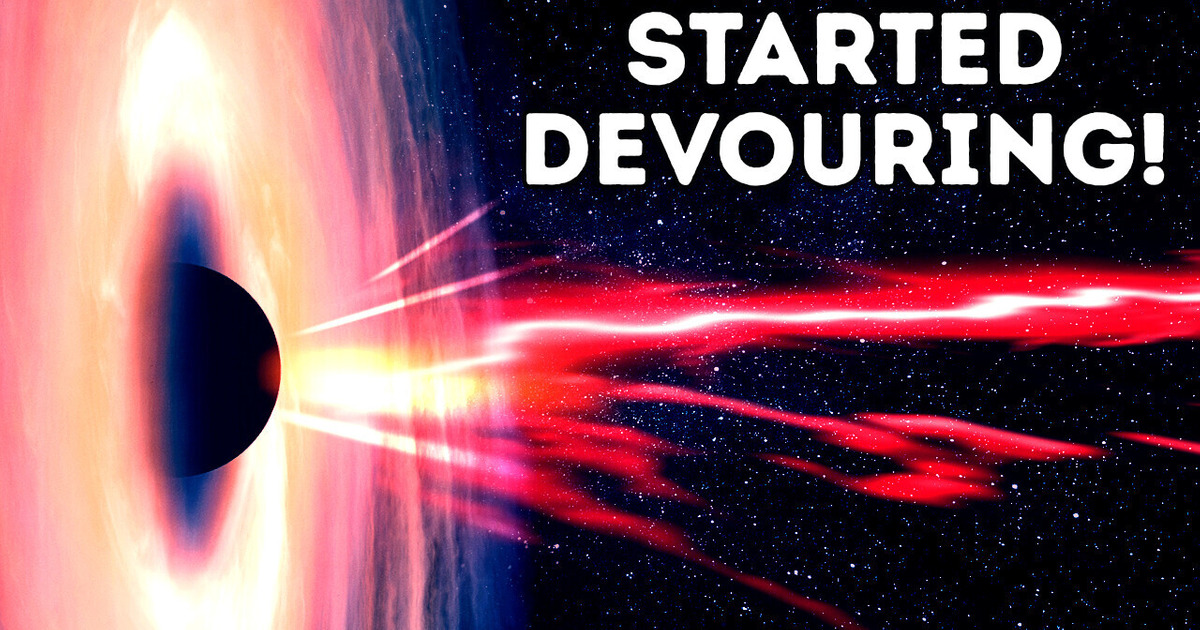
In 2022, scientists made an interesting discovery. They found that a bunch of material was spewing out of the black hole’s surroundings... TWO YEARS after the black hole tore the star to pieces! This is the first time in history that we’ve seen something like this, so let’s find out what happened.
October 2018. This whole story took place in a galaxy located 665 million light-years away from us. One star passed too close to the black hole and got eaten. This may sound scary, but for astronomers, it’s just “meh”. They see these horrifying incidents happen all the time. When the star gets eaten, it’s called the “tidal destruction event”, or TDE.
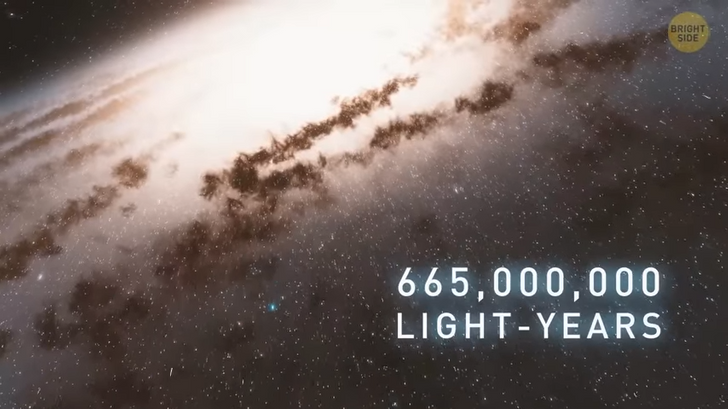
The outbreak from this dinner was detected by Earth’s automatic sky surveys. Nothing unusual — the computer made a report: “There was a TDE in a galaxy blah blah. We’ll call this event AT2018hyz.” This is the long, official name of this event. But we’ll just call it “Jetty”. It’s short for a joking name “Jetty McJetFace” — it was proposed by the author of the discovery, Yvette Cendes. Soon you’ll understand why.
So we spotted another TDE. Radio emission, as usual, began to monitor whether any outflow appeared. They always keep track of this after the TDEs have occurred. But after watching the black hole for a few days and seeing nothing, they gave up. Eh, 80% of TDEs don’t leave behind any outflows, so... whatever. The radio telescopes decided not to waste their precious time and moved on to other important things.
There was silence for a while. And then... June 2021, three years later. Let me introduce you to the heroine of our story, Yvette Cendes — a research associate at the Center for Astrophysics. Cendes and her collaborators decided to check out how the night sky is doing. They began to look at data on several dozen TDEs that happened in the last 2–3 years. Everything was normal and stable, when suddenly... Cendes noticed something strange.
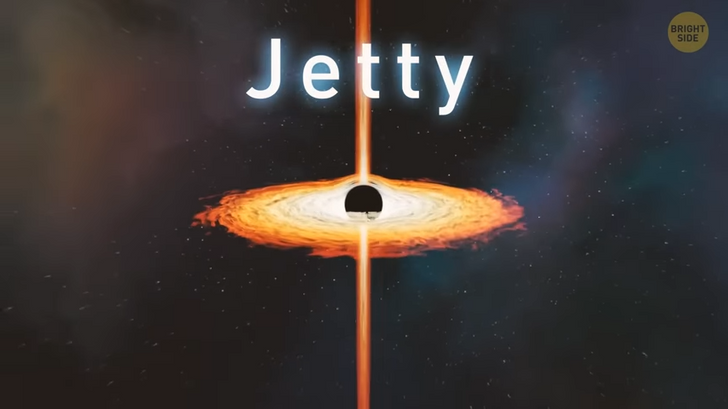
In a place that was silent for so long... Suddenly, she noticed a bright spot! For no reason at all, the night sky near the black hole lights up again, even though it didn’t eat anything new. What’s going on?
Cendes triple-checked the coordinates. Maybe this is just a terrible mistake? But no, all the data pointed to one thing — after 3 years of silence, something occurred near the black hole...
An outflow. And it didn’t even appear just now. The data showed that this outflow was born six months earlier — in November 2020! And then the mad struggle for a ton of follow-up observations began. Cendes was writing to everyone, requesting a lot of data, X-rays, other observations, and so on.
In general, there would be nothing unusual if a black hole “spat out” something immediately after eating a star. This happens sometimes — in 20% of cases. But here the strangest thing was that it was silent for 2 whole years. Yvette and her team decided to compare our Jetty with other similar events. They took a bunch of signals — both those that were considered “normal” and the “latecomers”, so to speak.
The longest delay that we ever witnessed was about 3 months. And that’s when they stumbled upon very strange data. Not only this bright outflow occurred TWO YEARS after eating the star... It was spreading at an incredible speed! All the other signals — even the one that was considered the “brightest” of them all — were fairly stable and calm. But Jetty’s one was wild. It was as if it joined the race on the second lap and overtook all the other athletes in seconds!
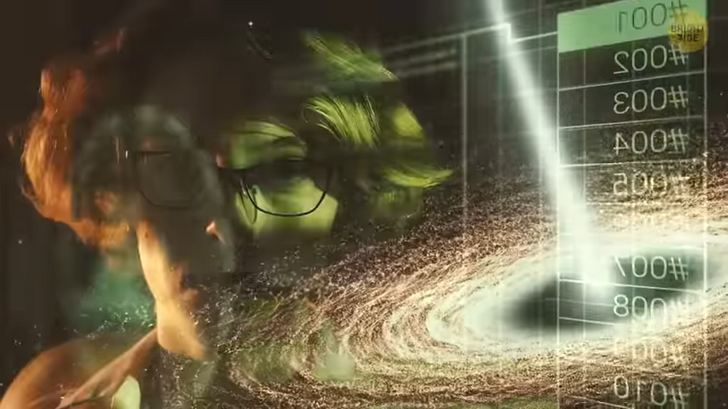
The research continued. Another international space center sent Cendes its observations — some multi-frequency data of this outflow. To be honest, we, regular folk, won’t understand much here... But some radio astronomer would raise their eyebrows in confusion. First, when the outflow appeared, the entire spectrum of its frequencies calmly and steadily went up... Alright, nothing weird.
But then, somewhere in March-April 2020, low frequencies for some reason began to “fall down”. And it also happened very quickly — in just a month! “Okay,” you say. “And what does that mean?” Good question! We have no idea. The only thing the scientists can say now is: “Well, that’s weird”. Nothing like this has ever happened with such signals before.
All this was quite unusual and mysterious, so they continued to study the outflow. Cendes says that they have two ideas for what it looks like. Idea 1: it’s a sphere that suddenly appeared and began to grow in all directions. Idea 2: it’s a jet that was shot near a black hole like a splash of water. Here’s the funny name. The truth is most likely somewhere in the middle... However, what’s crazy is that depending on what it looks like, its speed can reach from 20 to 60% of the speed of light — the fastest in the universe!
No such signal has ever been so fast before. Scientists didn’t even imagine that such a thing was possible. Moving on to the obvious question: “WHY is this happening?”. Actually, no one knows. But it will be very interesting to hear what theories scientists will come up with. So far, we have some theories. The most straightforward one says that there was something called “the state change”.
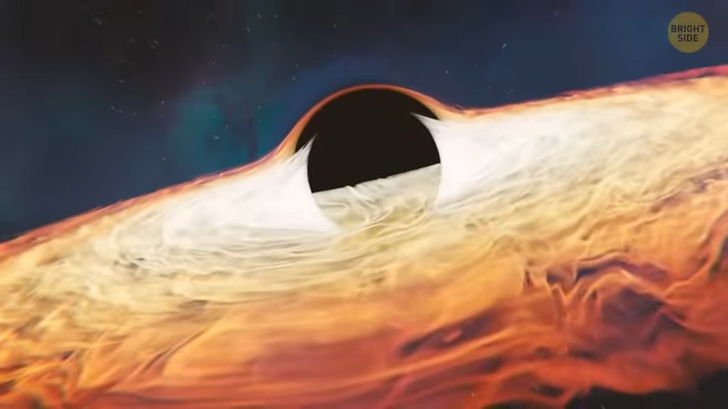
Many of us think that the process of “eating a star” looks like this... Some star flies past a black hole. The black hole begins to suck it in with frenzied force! The poor star struggles to get out but fails miserably, and the black hole devours it. But this isn’t actually the case. Have you seen all these beautiful pictures of black holes on the Internet?
They usually depict a black hole itself and a HUGE disk of light around it. This is called an “accretion disk”. It consists of light, gas, and different particles. When a black hole starts eating a star, it essentially “absorbs” the star’s material into its accretion disk. Let’s say... Have you ever seen how cotton candy is made? A jet of sugar is gradually wound around the stick until you get a big yummy cloud. Black holes do something similar, but vice versa. They suck in the jet of the star until it completely “resolves”.
At the same time, only a very small part of the star is actually sucked into the black hole. In reality, about half of it gets into the accretion disk, and the other half is simply thrown out... somewhere. So what happened during Jetty? Here’s the theory: a black hole tried to eat a star, but kinda overestimated itself. Kind of like its eyes were bigger than its stomach. To its surprise, there was A LOT of material. And then it changed its mind...
And from its usual state, the accretion disk turned into an outflow. The black hole was eating too fast, then choked and burped the star’s remnants. That’s why you shouldn’t rush while eating. Sounds funny, but that’s a general idea. Again, this is only a theory, not the final answer. Scientists assumed this because they had already observed something similar in small black holes. So why wouldn’t something like this happen to a supermassive black hole?
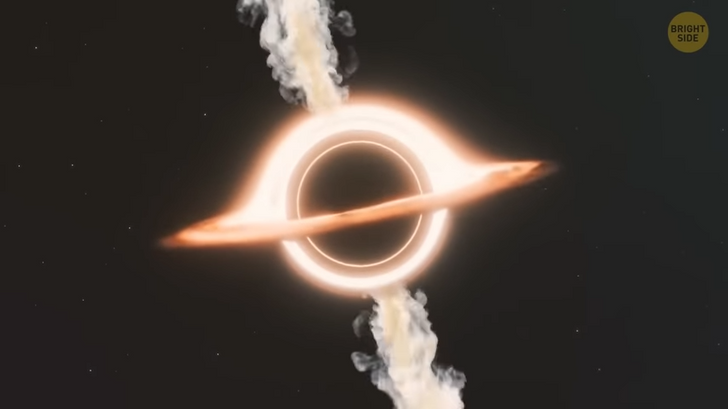
Still, there are some missing pieces. For example, if this theory were true, we would’ve seen a bright flash on the X-rays — but there was none. Also, why did a black hole “choke” on the star only two years later? For now, scientists can only guess.
Cendes also said that it was pretty funny to look at the theorists’ puzzled faces when she showed them this data. You know you’ve found something wild when even these guys can’t explain it! Cendes told the full story of this discovery on Reddit and published it in the official papers. She said that she’s very happy to finally share her discovery with the world — after all, she has been hinting at it for months but needed other scientists to confirm it.
What does it all mean? Probably that what we all know is just a drop in the vast ocean of truth about space. And the more we learn, the more questions we have. Let’s hope that one day we’ll be able to answer them.











